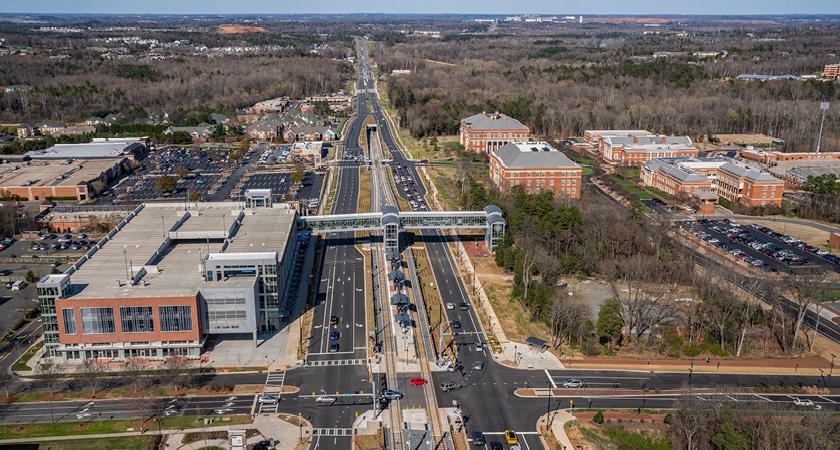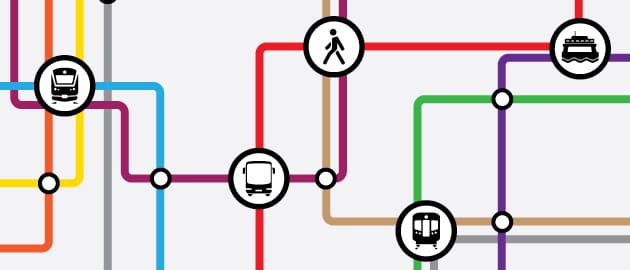
A key question I ask myself and my team at the onset of every new project is, “how can we make transportation more affordable, accessible, and equitable? How can we ensure through our community outreach that we have heard all voices?”
This question dates back to more than 65 years ago, when Congress authorized President Eisenhower’s Interstate Highway System via the Federal Aid Highway Act of 1956. As our interstate system initially grew and evolved, freeway spurs (short roads forming a branch from a longer, more prominent road) were wedged into the heart of many lower income and minority communities, obliterating thriving historic neighborhoods and economic centers/business districts. With no mandated policy to engage affected individuals, concrete canyons were created in the downtown neighborhoods of major cities, separating many from their livelihoods, services, a sense of place and cultural heritage.
Today, I’m pleased to see industry leaders working to right past wrongs at a time when many of these highways have reached the end of their life span. With former and current clients, interstate-to-boulevard infrastructure projects – managed within the context of open, respectful and collaborative stakeholder relationships – are now revitalizing downtown environments into holistically healthy communities.
In the Chicago region (where I’m based), I have had experience managing a multi-billion-dollar rail improvement program that incorporated 70 different projects. This nationally prominent, public-private partnership initiative included the U.S. Department of Transportation, Illinois Department of Transportation, regional and local transportation agencies, and the nation’s freight railroads. As part of that program, it was imperative that we create a comprehensive, collaborative and innovative outreach program into Chicago’s south and southwest neighborhoods. We knew we needed to fully understand early on the unique environmental and social justice concerns and the core values of local residents.
With one former rail client, I served as environmental lead to develop a statewide plan to develop 3,600 miles of rail line. We identified priorities to enhance both passenger and freight service, with a focus on maximizing economic development along all the rail corridors. By analyzing unique geographical and industrial challenges throughout the state and after reviewing public feedback from environmental and social justice groups, STV was able to make recommendations for which rail corridors should be prioritized for both rail transportation improvements and place-making/community enhancements.
Most recently, STV, was involved in the Quality Assurance and Quality Control (QA/QC) reviews of two Environmental Impact Statements (EIS) for a major high-speed rail client on the west coast. By studying the historical and cultural areas of importance along the state-long corridor, our team is able to address the communities’ concerns and support diverse community contexts through the development of underutilized parcels for public spaces.
As part of my personal professional development, I have dedicated my time away from work to help develop a U.S.-based methodology for investigating the community health impacts and benefits of transportation infrastructure as a founding board member of the International Professional Association for Transport & Health.
I’m proud to be part of all of these efforts that not only improve our nation’s transportation network but also advance community initiatives that create walkable neighborhoods and multi-modal streets. Reimagining these communities helps to reconnect neighborhoods, invigorate their quality of life, and inspire healthy equitable outcomes.

Ron Deverman, CEP, is an STV vice president and national director of environmental planning. He has more than 35 years of experiences as a manager of complex transit, commuter rail, bridge and roadway projects throughout the country.






